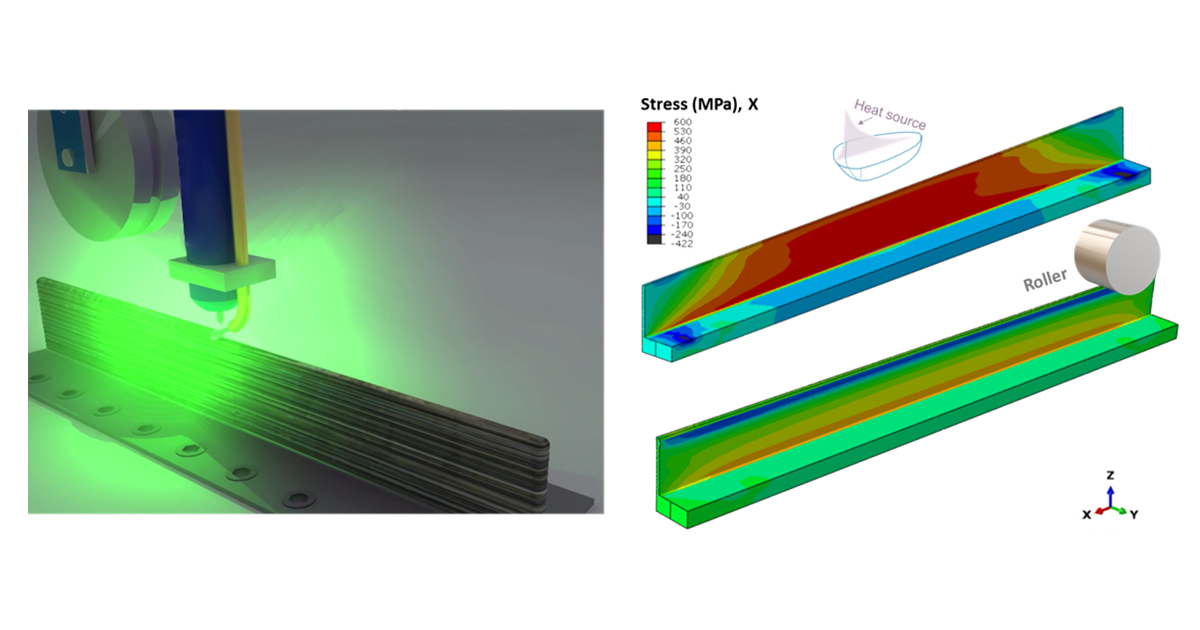Topic Menu
► Topic MenuTopic Editors



Numerical Modeling on Metallic Materials

Topic Information
Dear Colleagues,
Numerical modeling and its application in materials research as well as engineering have been advanced for quite a few decades so far. The usage of various numerical modeling techniques is steadily increasing both in academia and industry, with greater maturity and a stronger impact. Nevertheless, it is also recognized that the awareness of the benefits that numerical modeling may bring should be adequately raised in line with its advantages as well as its limitations, particularly in comparison and conjunction with physically based trials and experimentation. The purpose of this Topic is to provide a collective platform for the appreciation of the current state of the art in the numerical modeling of metallic materials, in order to further promote interdisciplinary interaction and crossfertilization for the future development and application of numerical modeling techniques in materials science and engineering. Contributions are therefore cordially invited to this Special Issue from scientists, researchers and engineers, with topics covering, but not limited to, the following areas:
- Ab initio calculations of alloy design and properties prediction
- Multiscale and multiphysics modeling
- AI and machine learning
- Data mining and its application in metallic materials design and manufacturing
- Materials constitutive modeling
- Modeling and simulation of materials’ manufacturing processes
- Solidification, deformation and phase transformation
- Prediction of microstructure and properties
- Plasticity and strain damage
- Fatigue and fracture of metallic materials
- Prediction and mitigation of residual stress and distortion
- Numerical methods, software technology, verification/validation and standardization
Dr. Shuwen Wen
Dr. Yongle Sun
Dr. Xin Chen
Topic Editors
Keywords
- numerical modeling
- metallic materials
- microstructure and properties
- Ab initio calculation
- molecular dynamics (MD)
- finite element method (FEM)
- computational fluid dynamics (CFD)
- modeling and simulation
- verification and validation
- engineering
- manufacturing processes
- fatigue and fracture
- service performance
Participating Journals
| Journal Name | Impact Factor | CiteScore | Launched Year | First Decision (median) | APC |
|---|---|---|---|---|---|

Alloys
|
- | - | 2022 | 15.0 days * | CHF 1000 |

Applied Sciences
|
2.7 | 4.5 | 2011 | 16.9 Days | CHF 2400 |

Coatings
|
3.4 | 4.7 | 2011 | 13.8 Days | CHF 2600 |

Journal of Manufacturing and Materials Processing
|
3.2 | 5.5 | 2017 | 14.2 Days | CHF 1800 |

Materials
|
3.4 | 5.2 | 2008 | 13.9 Days | CHF 2600 |

Metals
|
2.9 | 4.4 | 2011 | 15 Days | CHF 2600 |
* Median value for all MDPI journals in the second half of 2023.

MDPI Topics is cooperating with Preprints.org and has built a direct connection between MDPI journals and Preprints.org. Authors are encouraged to enjoy the benefits by posting a preprint at Preprints.org prior to publication:
- Immediately share your ideas ahead of publication and establish your research priority;
- Protect your idea from being stolen with this time-stamped preprint article;
- Enhance the exposure and impact of your research;
- Receive feedback from your peers in advance;
- Have it indexed in Web of Science (Preprint Citation Index), Google Scholar, Crossref, SHARE, PrePubMed, Scilit and Europe PMC.

